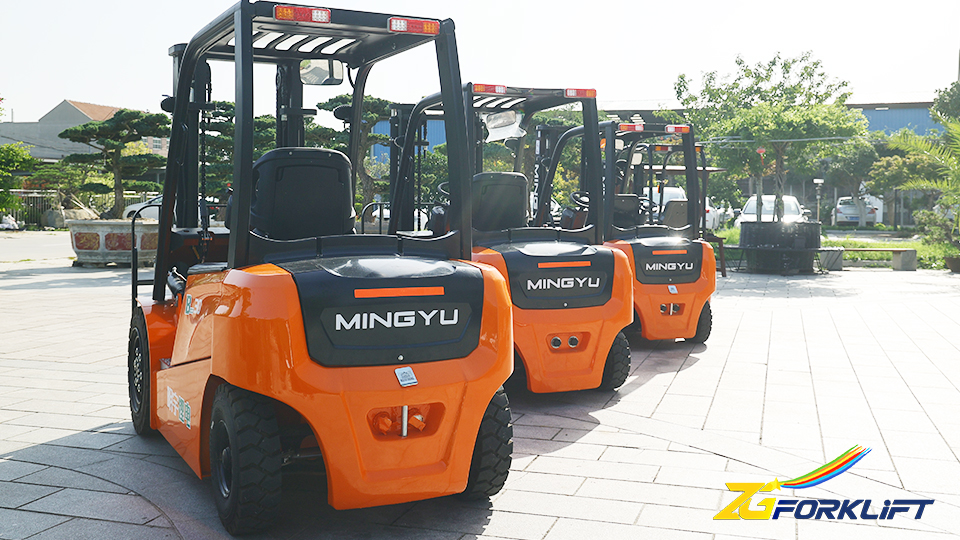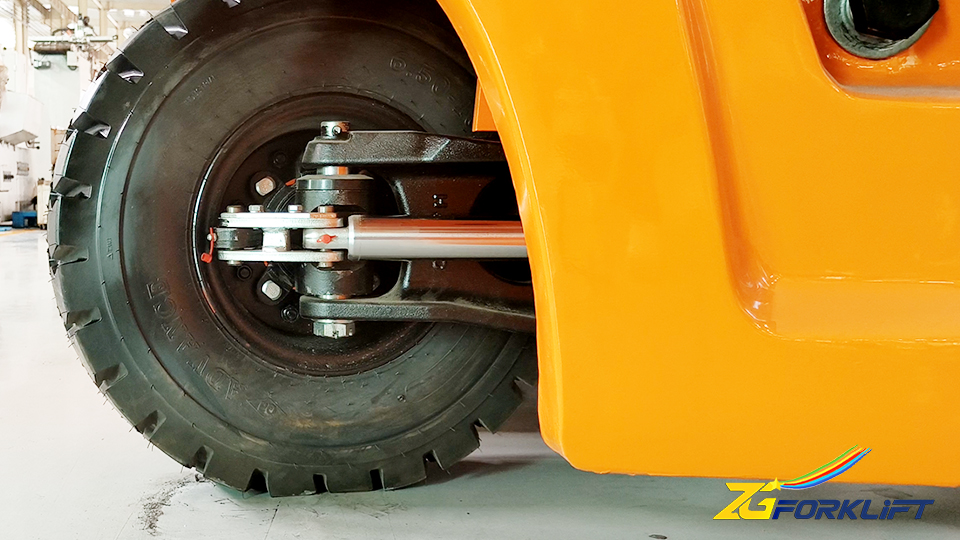how to get certified to drive a forklift
How to Get Certified to Drive a Forklift: A Comprehensive Guide
Forklifts are essential pieces of equipment in various industries, from warehousing and construction to manufacturing and logistics. Operating a forklift safely and efficiently requires proper training and certification. This article provides a comprehensive guide on how to get certified to drive a forklift, covering everything from the different types of forklifts to the certification process and ongoing training requirements.
Understanding the Importance of Forklift Certification
Forklift certification is not just a formality; it's a legal requirement mandated by regulatory bodies like the Occupational Safety and Health Administration (OSHA) in the United States. These regulations are in place to minimize workplace accidents and ensure the safety of both the operator and those working around forklifts. Operating a forklift without proper certification can lead to hefty fines for both the operator and the employer, not to mention the increased risk of accidents, injuries, and even fatalities. Certification demonstrates that an individual has received the necessary training to operate a forklift safely and competently.
Types of Forklifts and Their Specific Requirements
Forklifts come in various shapes and sizes, each designed for specific applications. Understanding the different types is crucial for choosing the right training program and ensuring you are certified to operate the specific equipment you'll be using. Here are some common types:
Counterbalance Forklifts: These are the most common type, featuring a large weight at the rear to counterbalance the load carried on the forks. They are versatile and used in various indoor and outdoor applications, including warehouse forklift operations.
Reach Trucks: Designed for narrow aisles and high racking, reach trucks allow operators to access loads in tight spaces. They are commonly used in warehouse environments.
Order Pickers: These forklifts allow operators to access individual items in storage, often used in distribution centers and warehouses.
Turret Trucks: Also known as very narrow aisle (VNA) trucks, turret trucks operate in extremely narrow aisles, maximizing storage space.

Rough Terrain Forklifts: Built for outdoor use on uneven surfaces, rough terrain forklifts are commonly found on construction sites and in lumber yards. These robust machines, sometimes referred to as a Manitou forklift due to the popularity of the brand, require specialized training due to their unique operating conditions.
Telescopic Forklifts (Telehandlers): These forklifts have a telescopic boom that extends forward and upward, allowing for greater reach and lifting height. They are used in construction, agriculture, and other industries.
Industrial Forklifts: This is a broad category encompassing various types of forklifts, including those powered by electricity, propane, or diesel.
Mini Forklifts: Smaller and more compact than standard forklifts, mini forklifts are useful in confined spaces where maneuverability is key.
While a general forklift certification covers the basics, specific endorsements might be needed for certain types of equipment. For instance, operating a rough terrain forklift requires specialized training due to the challenging environments they operate in. Similarly, experience with a lifting jack and its integration with a forklift might be necessary in some specialized applications. Even familiar brands like Clark forklift require operators to be certified.
The Forklift Certification Process
The forklift certification process typically involves three main components:
Formal Training: This involves classroom instruction covering topics such as:
Forklift fundamentals: basic principles of operation, load capacity, and stability.
Safety regulations: OSHA guidelines and other relevant regulations.
Pre-operational inspections: how to inspect the forklift before each use to identify potential problems.
Operating procedures: safe driving techniques, load handling, and maneuvering in different environments.
Load capacity and center of gravity: understanding how to calculate load capacity and maintain stability.
Fueling procedures: safe handling of propane, diesel, or battery charging procedures for electric forklifts.
Emergency procedures: what to do in case of an accident or other emergency.
Practical Training: This hands-on component allows trainees to apply what they learned in the classroom under the supervision of a qualified instructor. Practical training typically includes:
Basic maneuvering: driving the forklift in various conditions, including forward, reverse, and turning.
Load handling: picking up, transporting, and placing loads safely and efficiently.
Stacking and unstacking: maneuvering loads in confined spaces and at different heights.
Pre-operational inspection: performing a thorough inspection of the forklift before each use.
Specialized tasks: practice with specific attachments or tasks relevant to the trainee's job.
Evaluation: After completing the formal and practical training, trainees must pass a written exam and a practical evaluation to demonstrate their competency. The written exam tests their knowledge of safety regulations and operating procedures, while the practical evaluation assesses their ability to operate the forklift safely and efficiently.
Finding a Forklift Training Program

Numerous organizations offer forklift training and certification, including:
Community Colleges: Many community colleges offer forklift training programs as part of their vocational training offerings.
Technical Schools: Technical schools often specialize in trades and offer comprehensive forklift certification programs.
Private Training Companies: Several private companies specialize in safety training, including forklift certification.
Employer-Provided Training: Some employers offer in-house forklift training to their employees.
When choosing a training program, make sure it meets OSHA requirements and provides both formal and practical training components. Check the instructor's qualifications and the training facility's resources.
Maintaining Your Forklift Certification
Forklift certification is not a one-time event. OSHA requires operators to be recertified every three years. Recertification typically involves a refresher course and a practical evaluation to ensure operators remain competent and up-to-date on safety regulations and best practices. Furthermore, ongoing training and regular safety meetings are crucial for reinforcing safe operating procedures and preventing accidents.
Key Considerations for Forklift Operators
Pre-Operational Inspections: Always perform a thorough pre-operational inspection before each use. This includes checking fluid levels, tire pressure, brakes, lights, and other essential components.
Load Capacity: Never exceed the forklift's rated load capacity. Understanding the load center and weight distribution is crucial for maintaining stability.
Safe Operating Procedures: Follow all safety regulations and operating procedures. This includes wearing appropriate personal protective equipment (PPE), such as safety shoes and high-visibility vests.
Situational Awareness: Be aware of your surroundings and other workers. Maintain a safe distance from pedestrians and other equipment.
Proper Training: Only operate a forklift if you have received the necessary training and certification. Never attempt to operate a forklift without proper authorization.
Conclusion
Forklift certification is a crucial step for anyone operating these powerful machines. By understanding the different types of forklifts, the certification process, and the importance of ongoing training, individuals can ensure their safety and the safety of those around them. Whether you're operating a Clark forklift, a rough terrain forklift like a Manitou forklift, a mini forklift, or a warehouse forklift, proper certification is essential for a safe and productive work environment. Remember, safety is paramount, and investing in proper training and certification is an investment in preventing accidents and ensuring a safe workplace for everyone. Don't forget the importance of understanding the use of a lifting jack in conjunction with forklift operations where applicable. By adhering to these guidelines, you can contribute to a safer and more efficient work environment.


